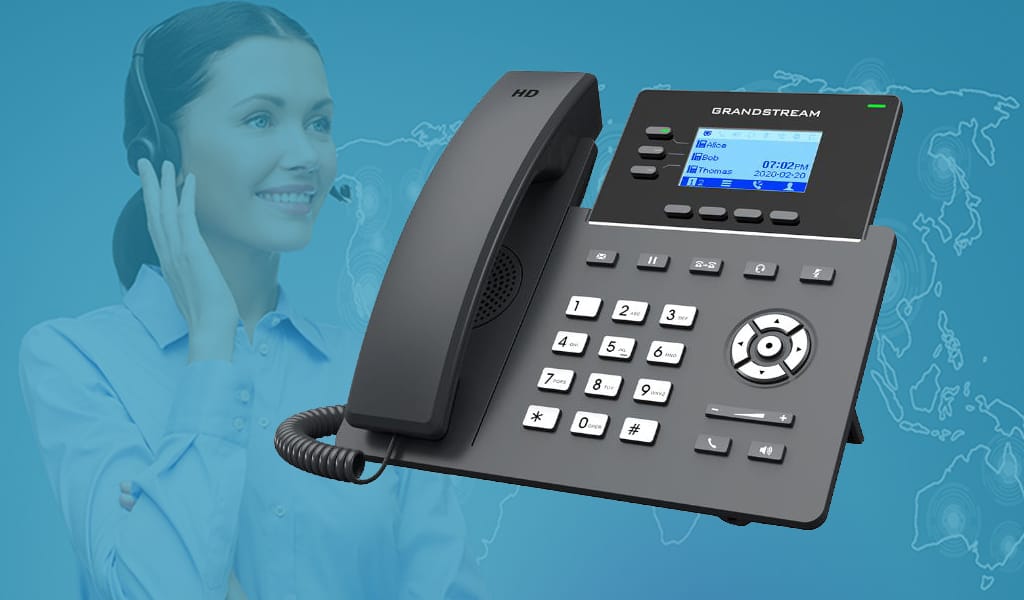
When executed properly, the merger of your hotel’s voice and data can boost staff productivity, and improve your guest’s opinions of your facility. Voice over Internet Protocol (VoIP) telephony systems are capable of minimizing your operational costs, simplifying your processes, making your business appear more professional, and enhancing the experiences of your hotel’s patrons. In order to actualize these benefits, however, the implementation of your new hotel phone system must be completed in carefully thought-out phases. If your business is planning on upgrading its phone system, this guide can help you to ensure that the transition goes off without a hitch.
Rolling Out a Hotel VoIP Phone System in 4 Easy Steps
1. Determine Your Objectives
Before you can make changes to your current phone system, you must have a solid idea of what it is that you actually need. Asking yourself these two questions can help you to gain some insight:
- What are the problems with your existing phone system? In order for a new phone system to improve your business, you need to understand what’s going wrong with the system that you already have in place.
- What are your hotel’s primary goals, and does your phone system help you to achieve them? If your current phone system isn’t doing so, you should look for a system that will.
2. Establish the Foundation
Your new hotel VoIP phone system will require a converged IP network at its foundation. This enables phone calls to be transmitted across the Internet as data, in the same way that e-mail, video, and instant messages are. When one network is able to handle all of these functions, your financial burdens are lowered. This is because you will no longer need to maintain multiple networks, and long-distance charges are reduced.
For this to work, your current network must have the ability to support your new VoIP system. Your routers and switches must be capable of handling increased traffic and functionality, and should feature built-in security. Your system should also take Quality of Service into consideration. In terms of VoIP communications, this generally means that voice and video traffic should always take precedence over other data. This ensures clear, efficient transmissions.
During this step, you’ll start to get “the feel” of maintaining a VoIP phone system. You’ll get the most out of your experience by utilizing IP phones. These phones appear very similar to traditional hotel or business phones, but they are connected to the IP network, and feature larger screens with more advanced features.
3. Build on Features & Functionality
Once the basic phone system has been implemented and is operating smoothly on your network, you can begin to evaluate your need for extra tools and features that may enhance functionality, like an automated attendant or central reservation center. The beauty of the PhoneSuite VoIP phone system is that it is specifically designed for the hotel industry, so anything that you need is available without costly customizations. As your business needs grow, and the industry needs change, you now have the ability to stay with the times.
4. Integrate Business Applications
Once everything else has been taken care of, you might consider tying in business applications, like your property management system (PMS) into your hotel VoIP phone system. When a call arrives at your front desk, your staff will see a history of all interactions with the guest, so as to improve the quality of service. Call accounting and fax line share are also useful applications. The sky is truly the limit with PhoneSuite’s hotel-specific VoIP because we’ve made this process seamless and with optimal functionality.
Implementing and maintaining a hotel VoIP phone system is easier than you think. By following these steps, you can successfully transition into using a better, more efficient communications network. And if you work with PhoneSuite, we’re with you every step of the way.
Curious about the cost or installation process? Get in touch today.




